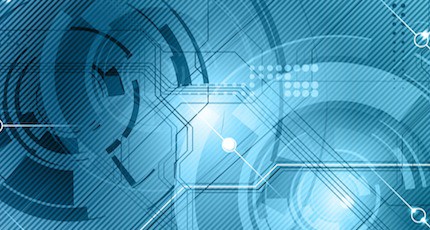Fog & Edge Computing: A Manufacturing Perspective
A Conversation with Toby Mcclean, ADLINK
In this video, Toby Mcclean, Chief Solutions Architect for ADLINK, describes the business and technical impact that fog and edge computing have on manufacturing. Toby presents three key considerations aimed at anyone interested in adopting fog and edge for smart factory projects, but his insights are applicable to architects and buyers in all industries.
Watch the rest of the series:
Fog & Edge Computing in Networking and Telecommunications
Fog & Edge Computing in Defense and Aerospace
Transcript
As Manufacturing gets more intelligent, there’s more and more data that they need to capture and there is more automation that they can do on that. As they capture the data, they do some analysis on it, which gives them something they can make a judgment on. That judgment then can effectuate an action that they can do.
Where they are today is they’re using the data that’s coming off of the machines that they’ve instrumented to do the analysis, but what’s happening is a human that steps in and makes a judgment and actually does the action. As we move forward to the future and to this IoT’s grand vision, those judgements and effectuating the actions are actually going to be done by the machines
themselves.
Adrian Bowles: Okay, you’ve convinced me. I want to get going, I want to make the transition, I want to leap ahead of my competition. They’re just doing cloud, I want to get into fog and edge. What sorts of products do I need that I didn’t need before? Process or people? How am I going to make that change?
Toby Mcclean: The first product you would need Adrian is if you’re assets aren’t connected, you need some way of instrumenting those assets and extracting that data. Whether that you have sensors that are analog and you need to convert that into digital data, or you have dark assets that you need to extract data out of, or you have assets that use some of these protocols that we talked about previously, in that protocol jungle, you need a product that will extract that data and put it into a form that can be analyzed. That will be both hardware and software. That could be a gateway. A lot of deployments out there in IT are using gateways to do that.
Moving up the stack, you need some server capacity to do some of the heavier computation. There you need two things, you need the hardware to do the computation, but you also need some software that takes data from your gateways and brings it to your server. There’s some data movement capabilities that you need there. Then of course you need the software with the infrastructure to do the dynamic provisioning on your fog node and manage the infrastructure for you.
Adrian Bowles: Thanks Toby. To recap, if you’re looking at fog and edge computing for manufacturing or to build or retrofit a smart factory, remember Toby’s three key considerations. Physical constraints, which may make fog and edge technology the only viable solution. Economic opportunities, which may justify the investment based on improved performance, with the ability to create new solutions at the edge. Security, privacy and regulatory issues, which may make fog and edge solutions more practical than a cloud only approach. For more information, please visit the URL at the end of the video.
Featured Resources
-
Special ReportIoT means more data from more sources to help businesses make better decisions, but it comes with challenges that are best met with edge computing. Read why
-
White PaperLearn about the common obstacles to achieving a connected manufacturing environment, and solutions to those challenges. Download the report
Connect with ADLINK
About ADLINK
ADLINK Technology is leading edge computing with solutions that drive data-to-decision applications across industries. ADLINK provides robust and reliable hardware platforms, data connectivity, and complete Industrial Internet of Things (IIoT) solutions to serve a wide variety of industries including networking, industrial automation, healthcare and defense.
Learn more at adlinktech.com.






